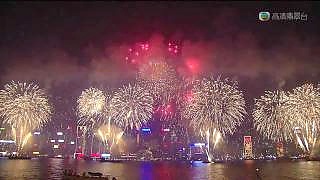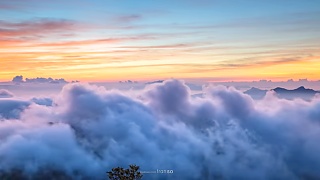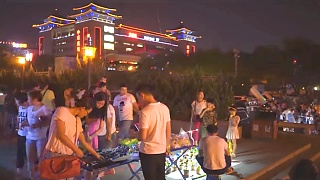Victoria Park, Causeway Bay. This film is from 2015 ...
[640],shadow=true,start=,stop=Related Videos
Featured Videos

|
Including a great song ...
|
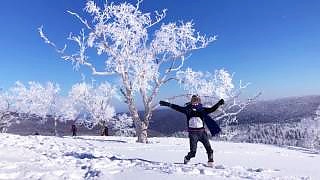
|
HeiLongJiang province.
聖誕節哈爾濱滑雪 Christmas ski trip; December 2016.
With a great song ...
|

|

|
With Rafa Goes Around! ...
|
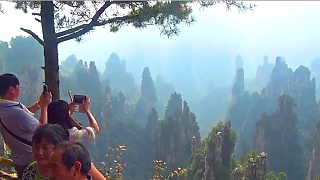
|

|
ShaanXi province.
With the 'Food Ranger' Trevor James ...
|
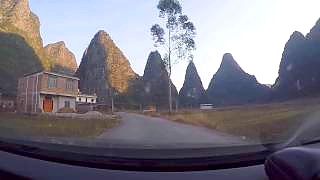
|
A late afternoon trip through the famous karst peaks, plus views of the Li River at sunset. GuangXi province.
|
 The Hong Kong Flower Show 香港花卉展
The Hong Kong Flower Show 香港花卉展

